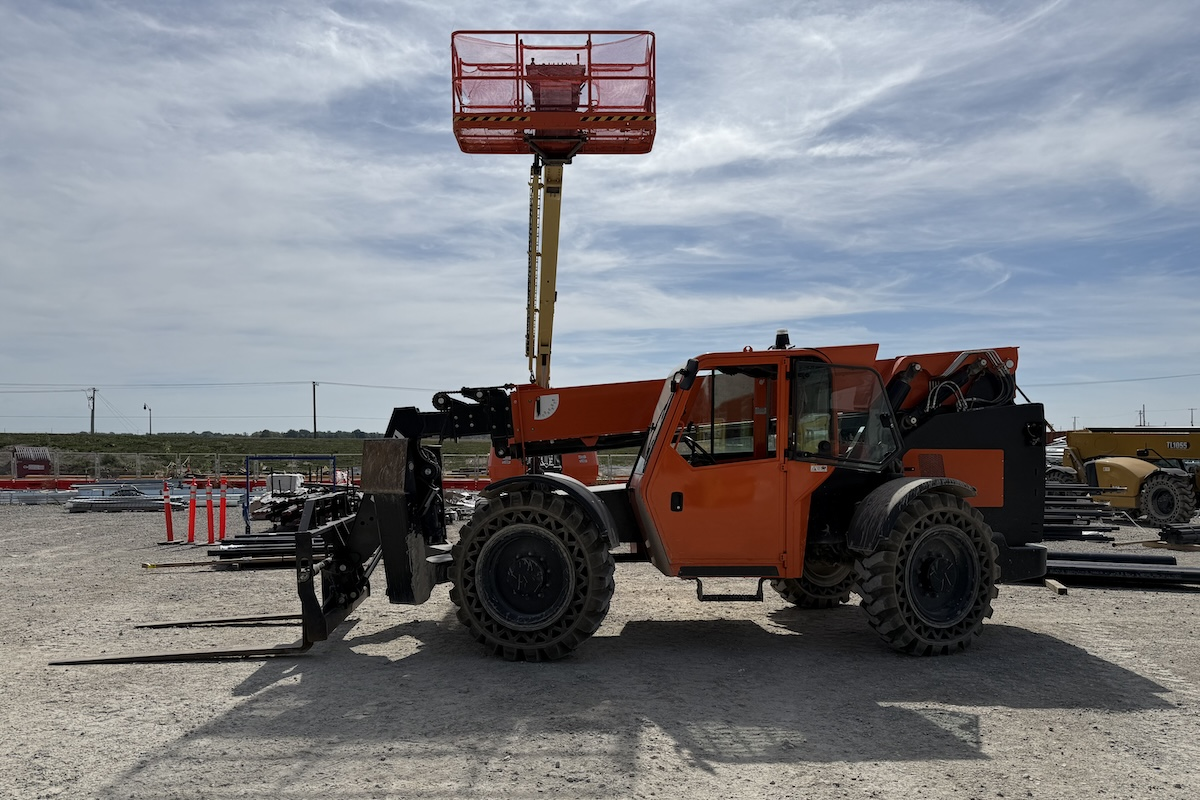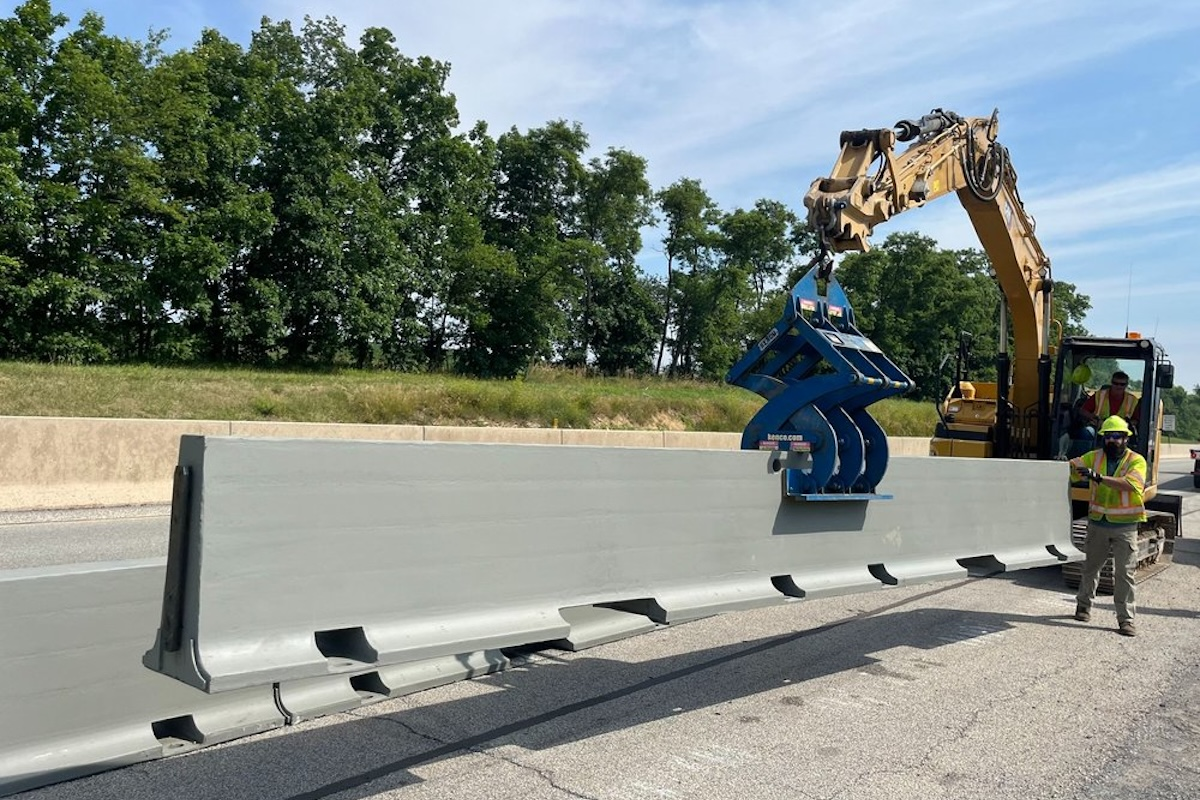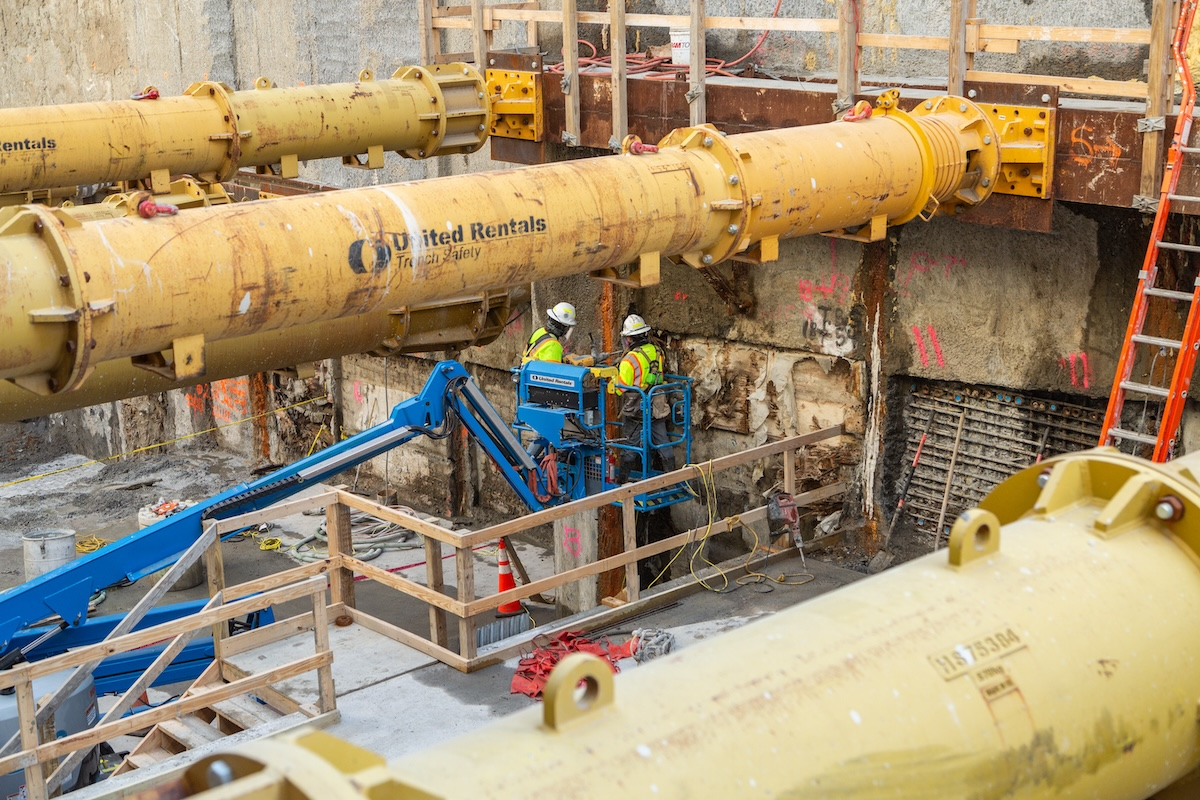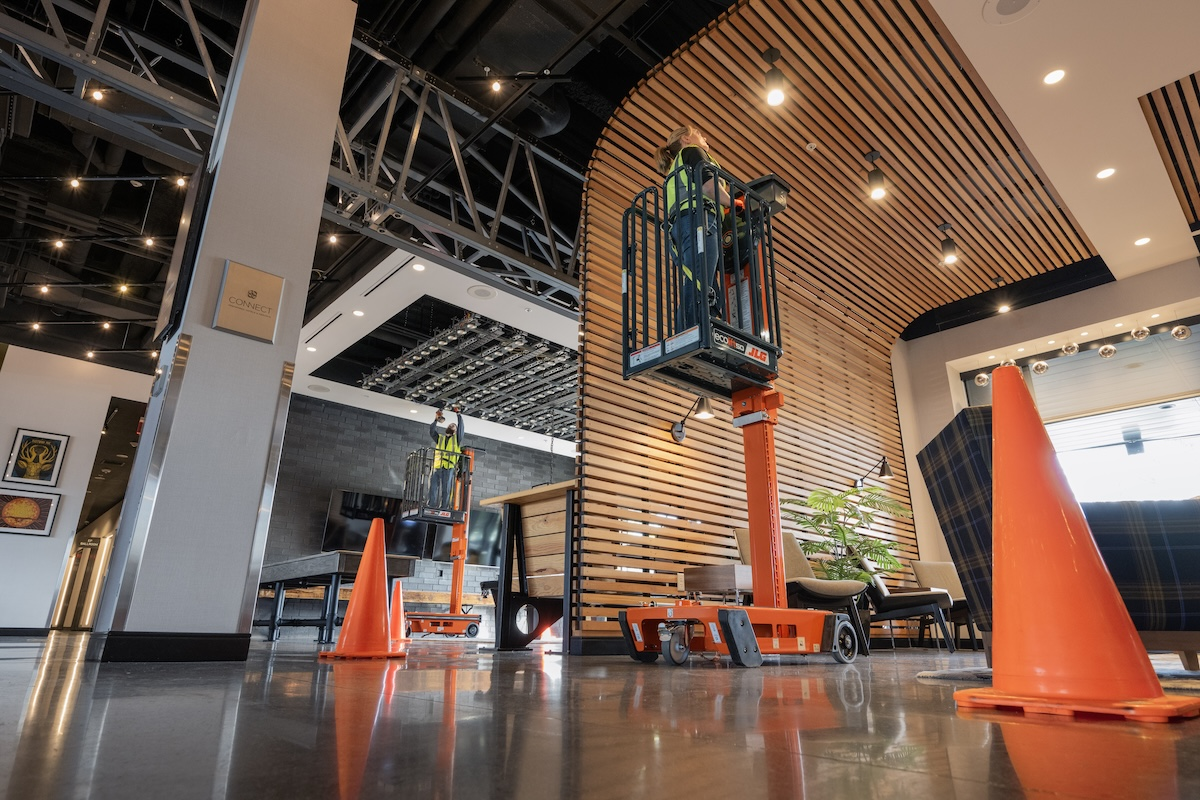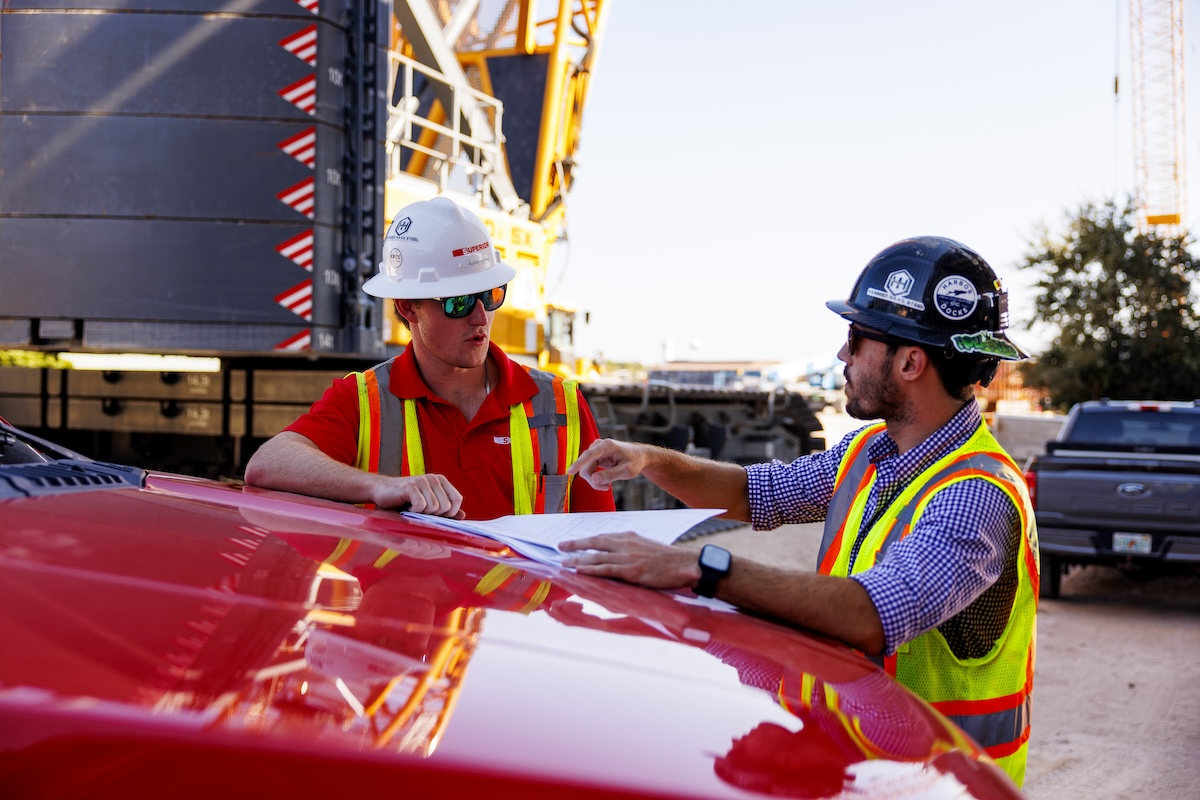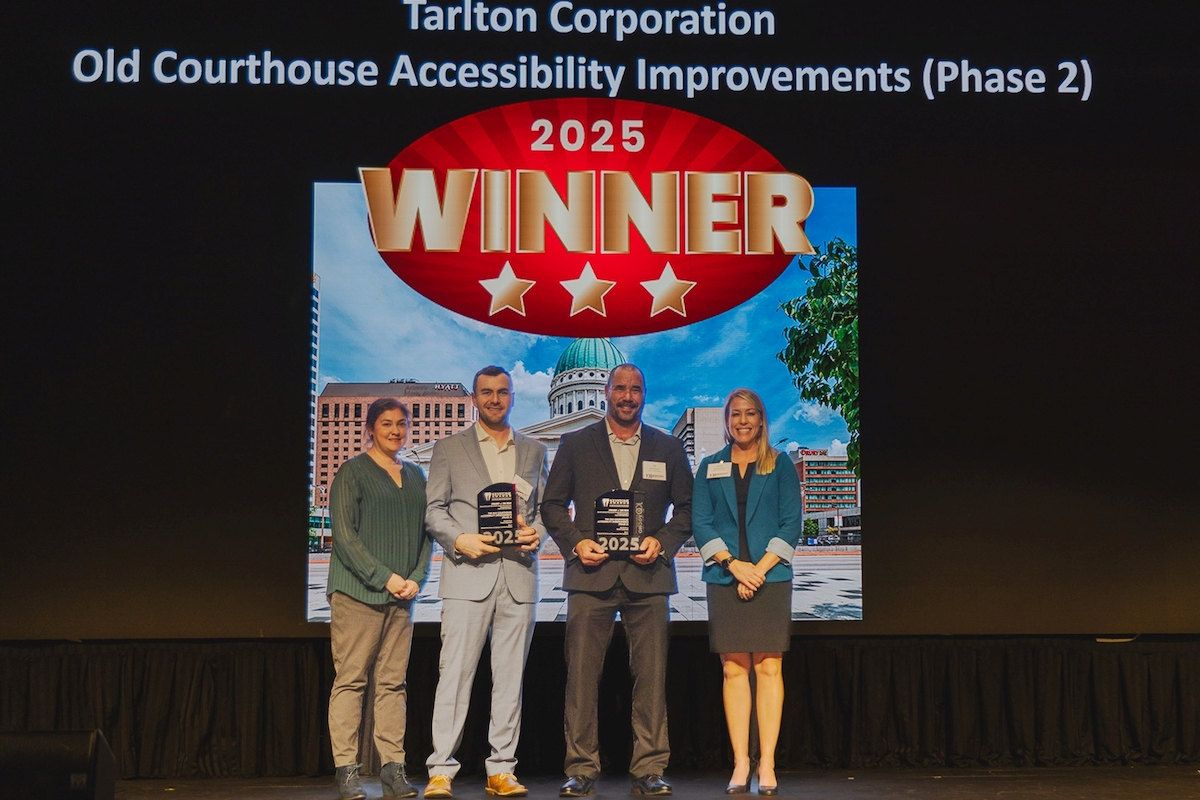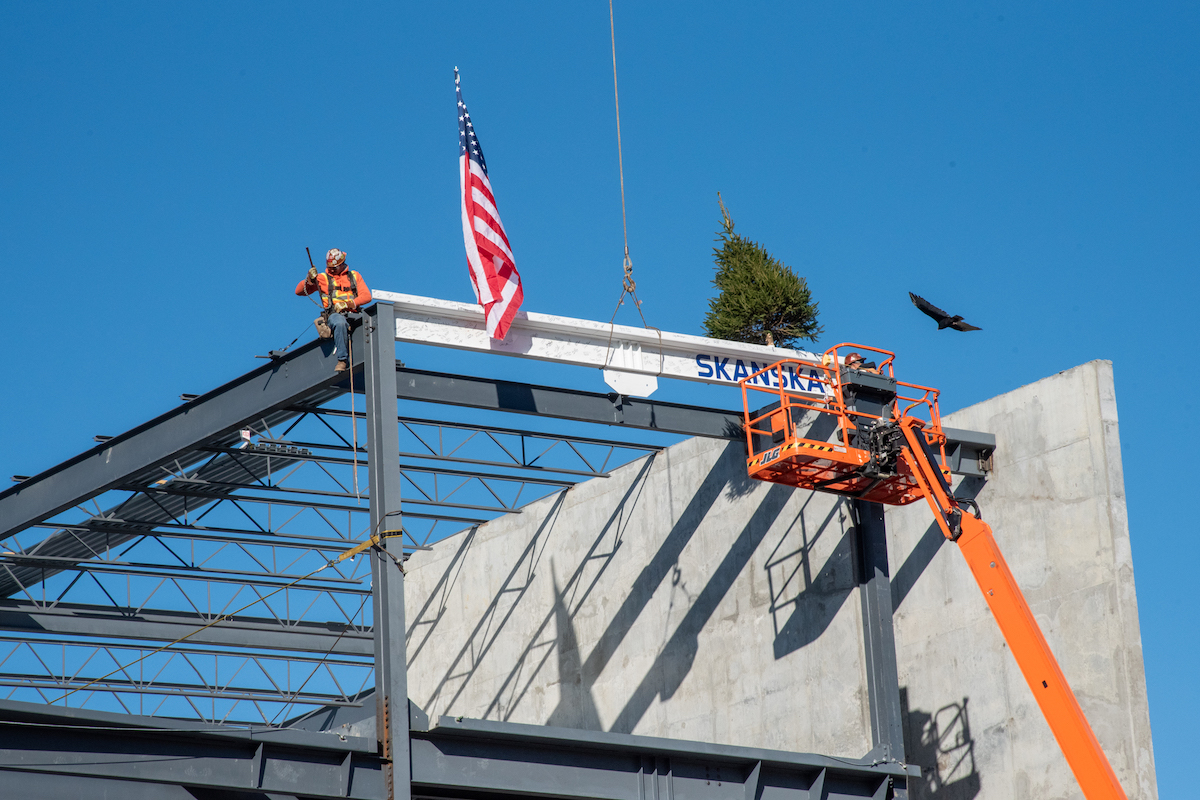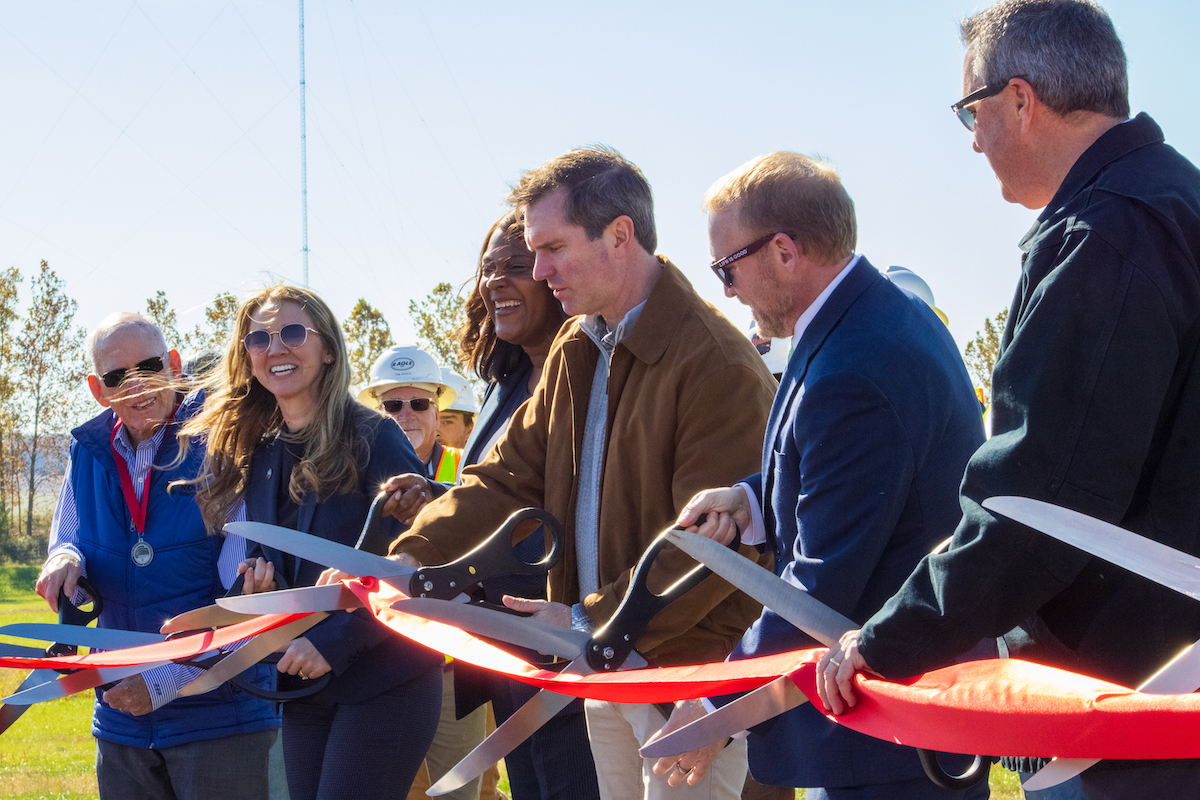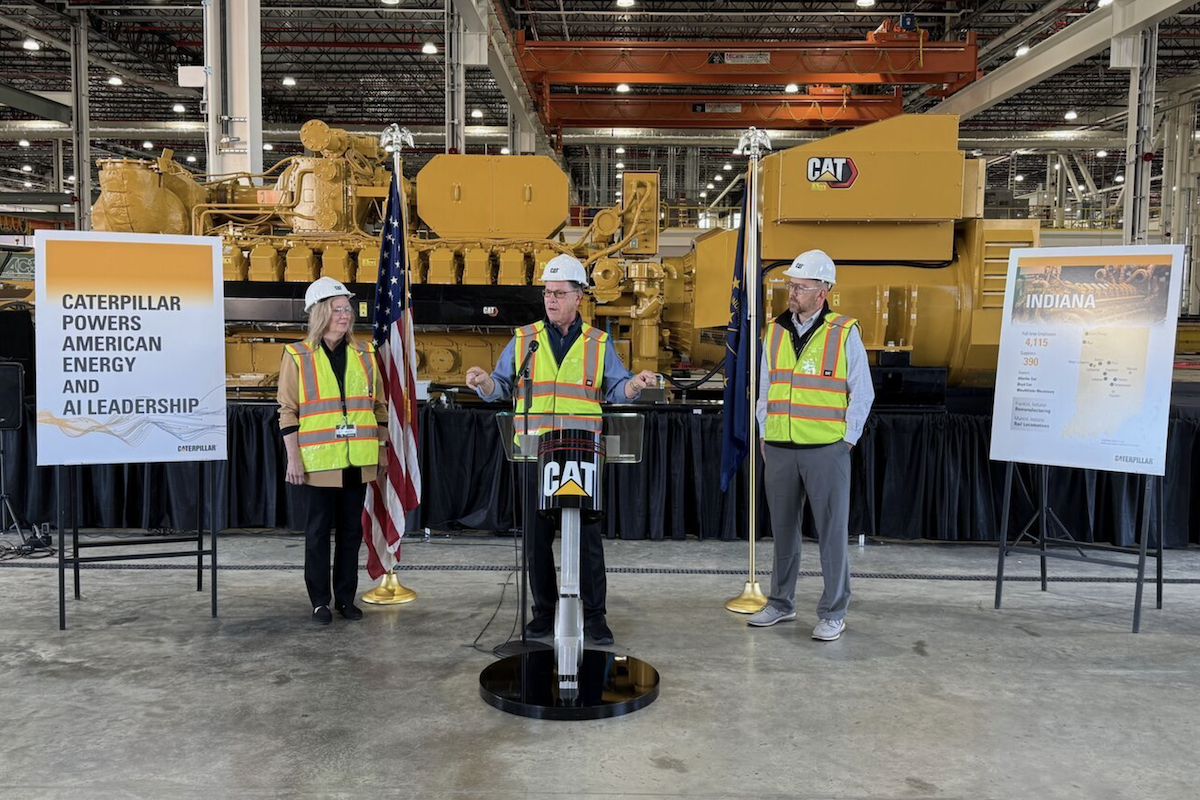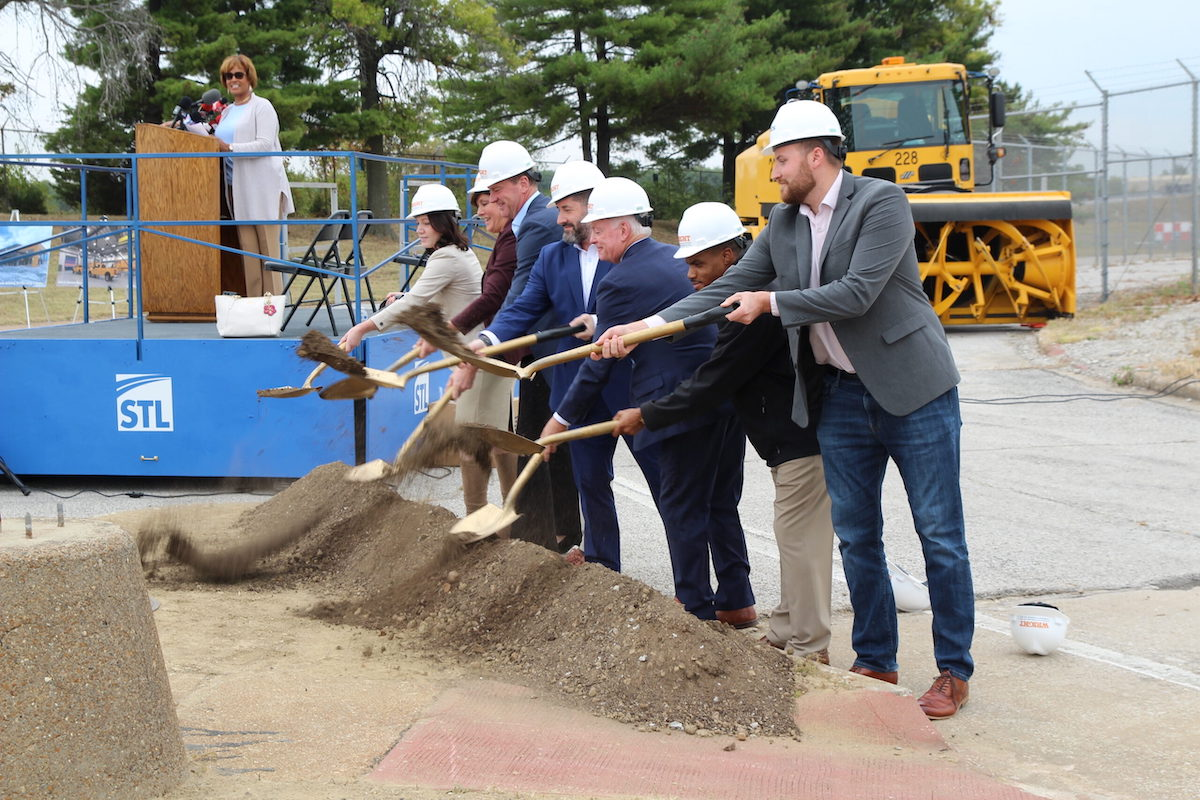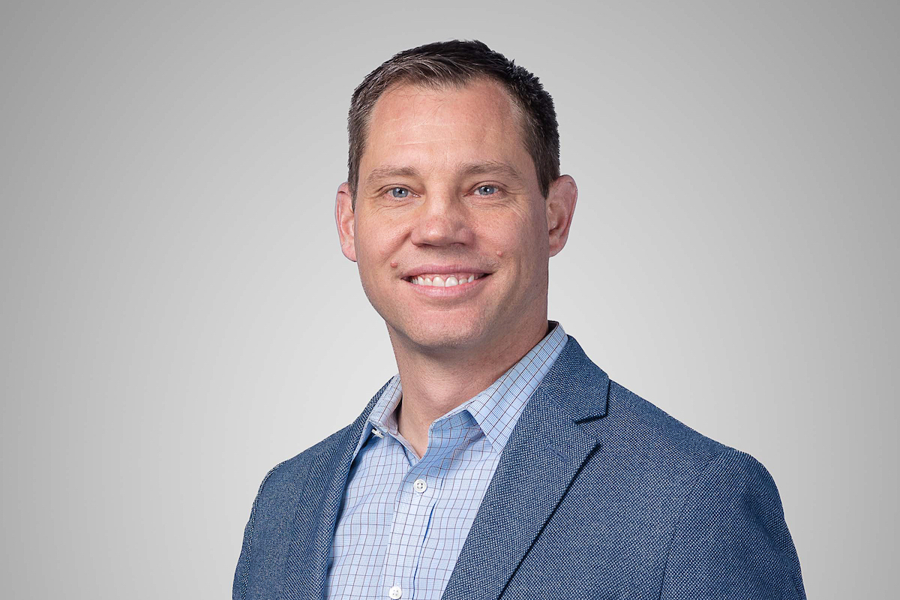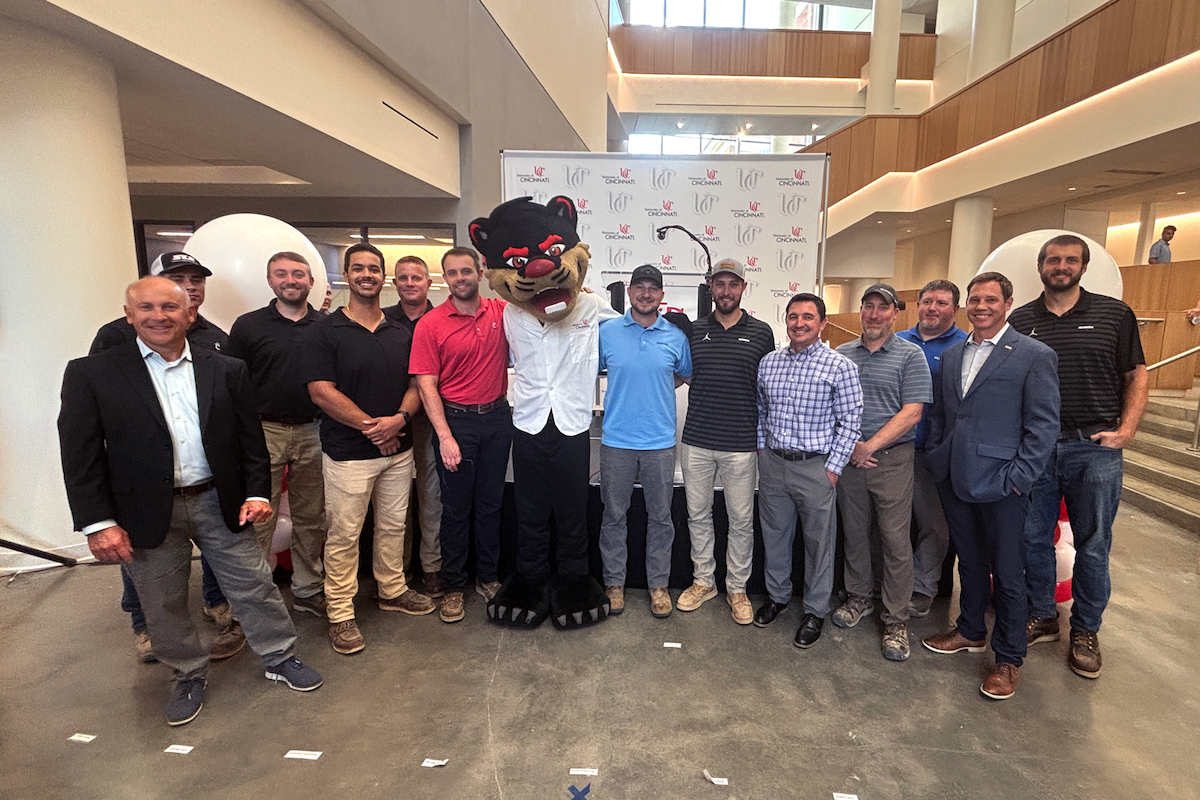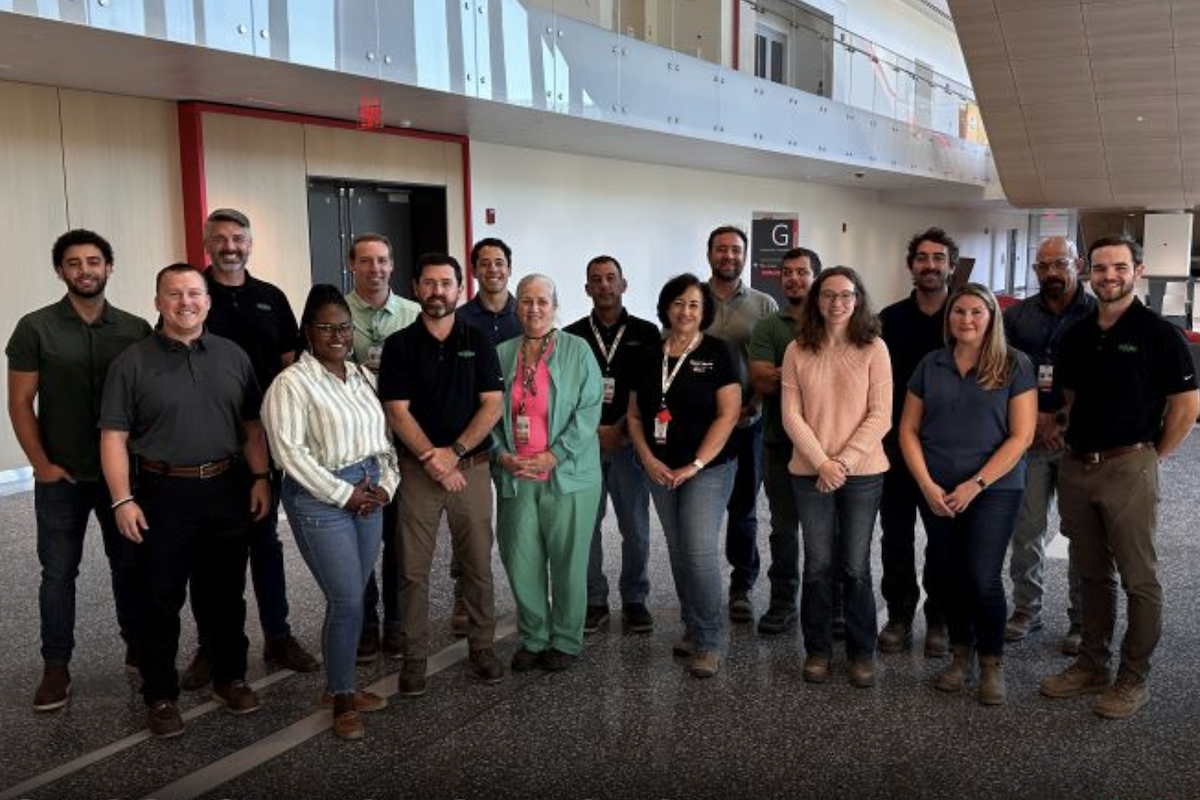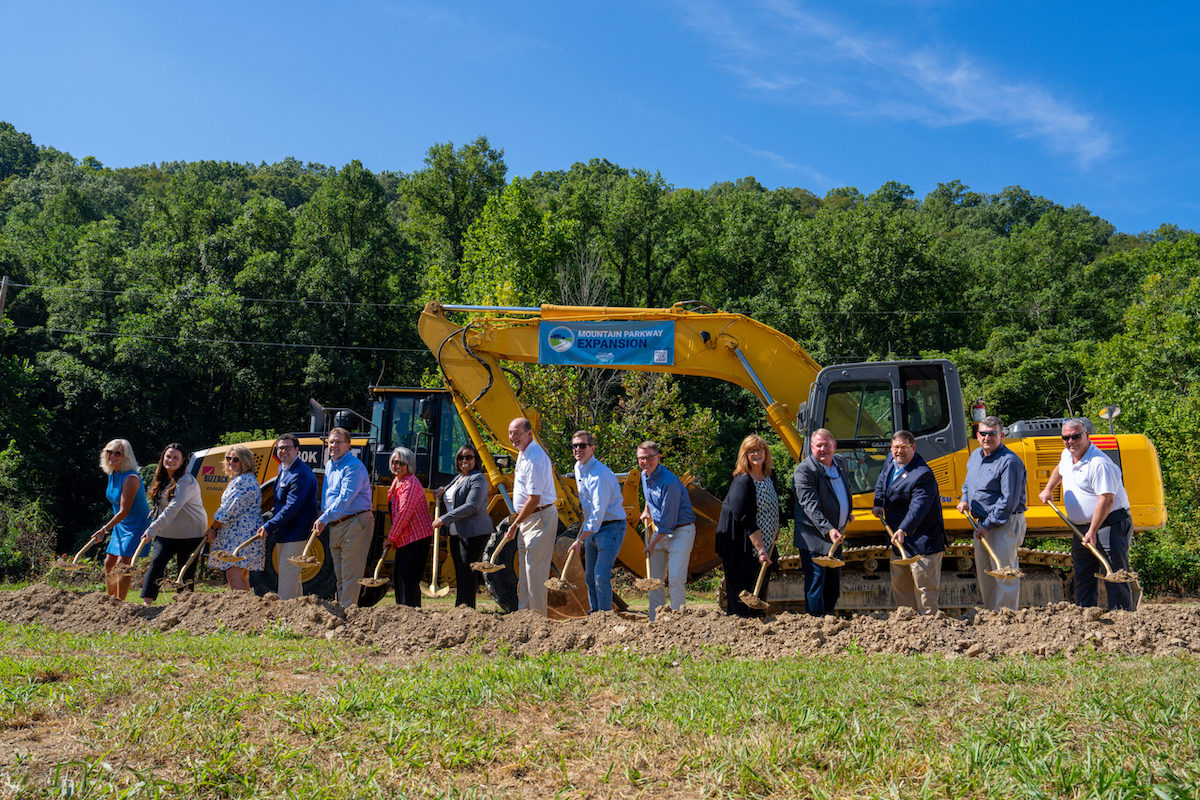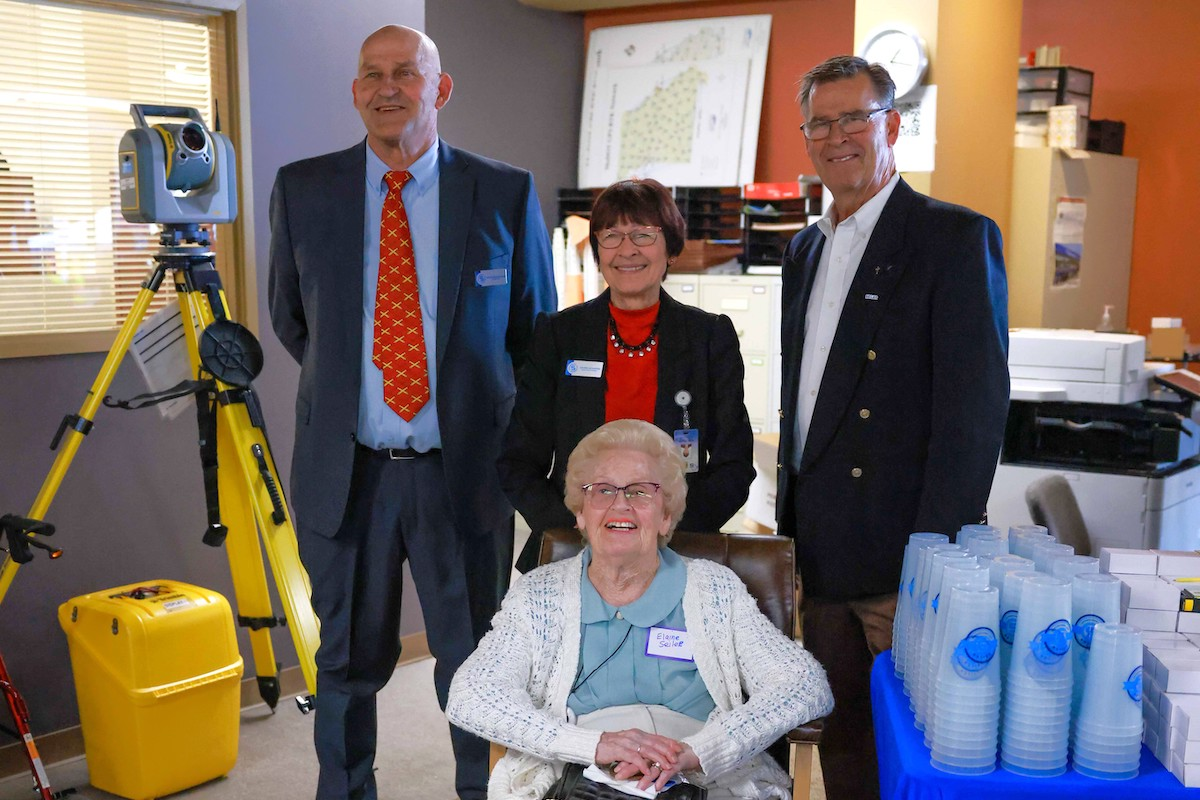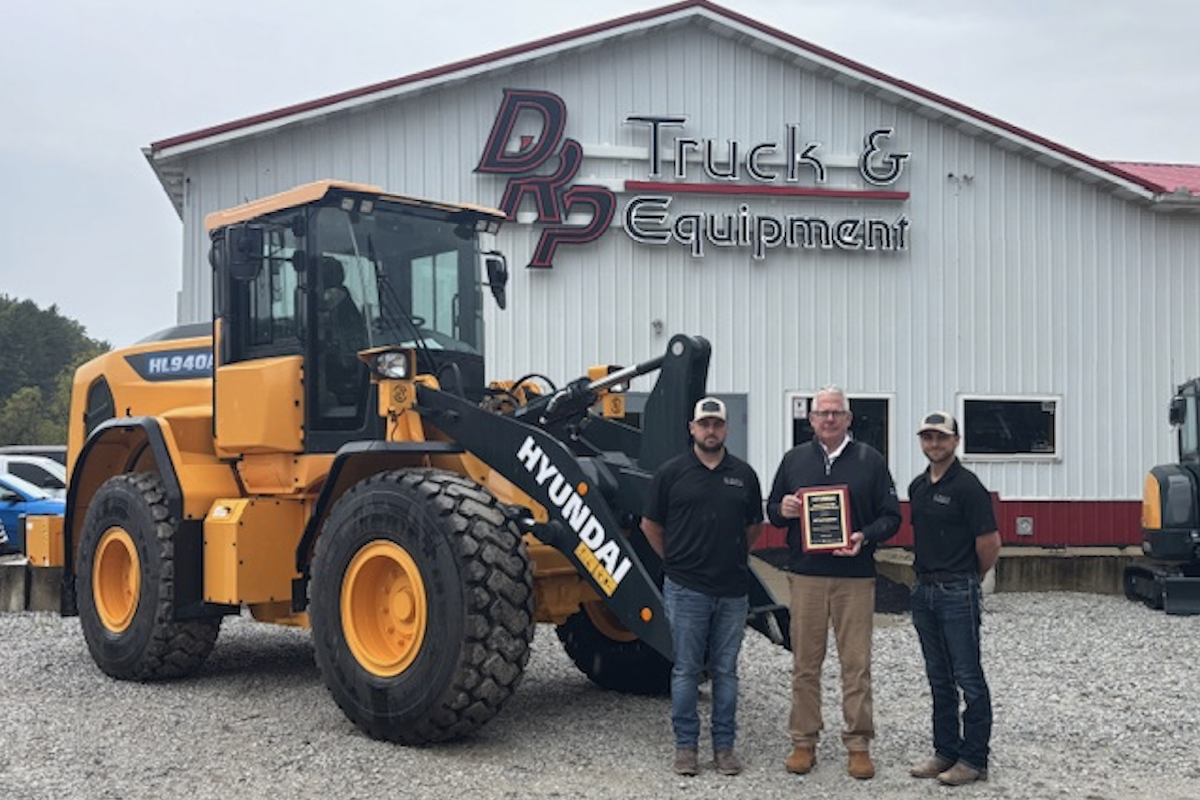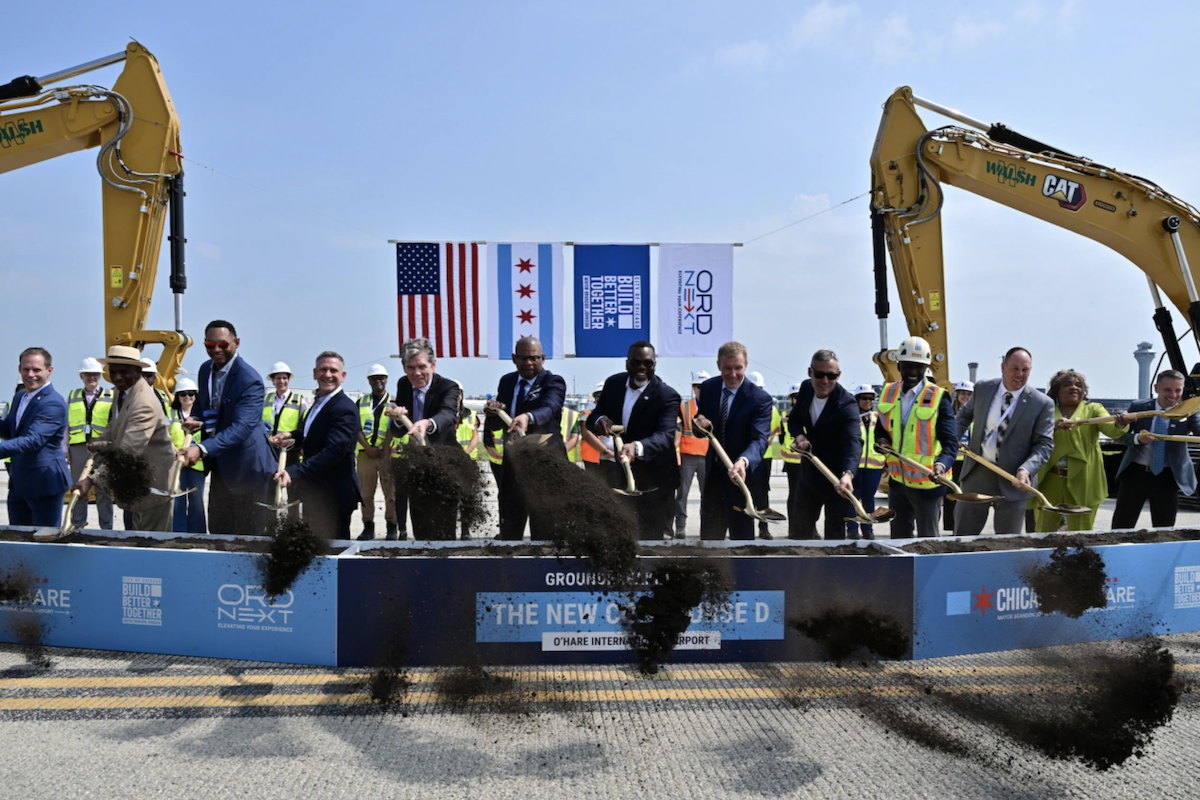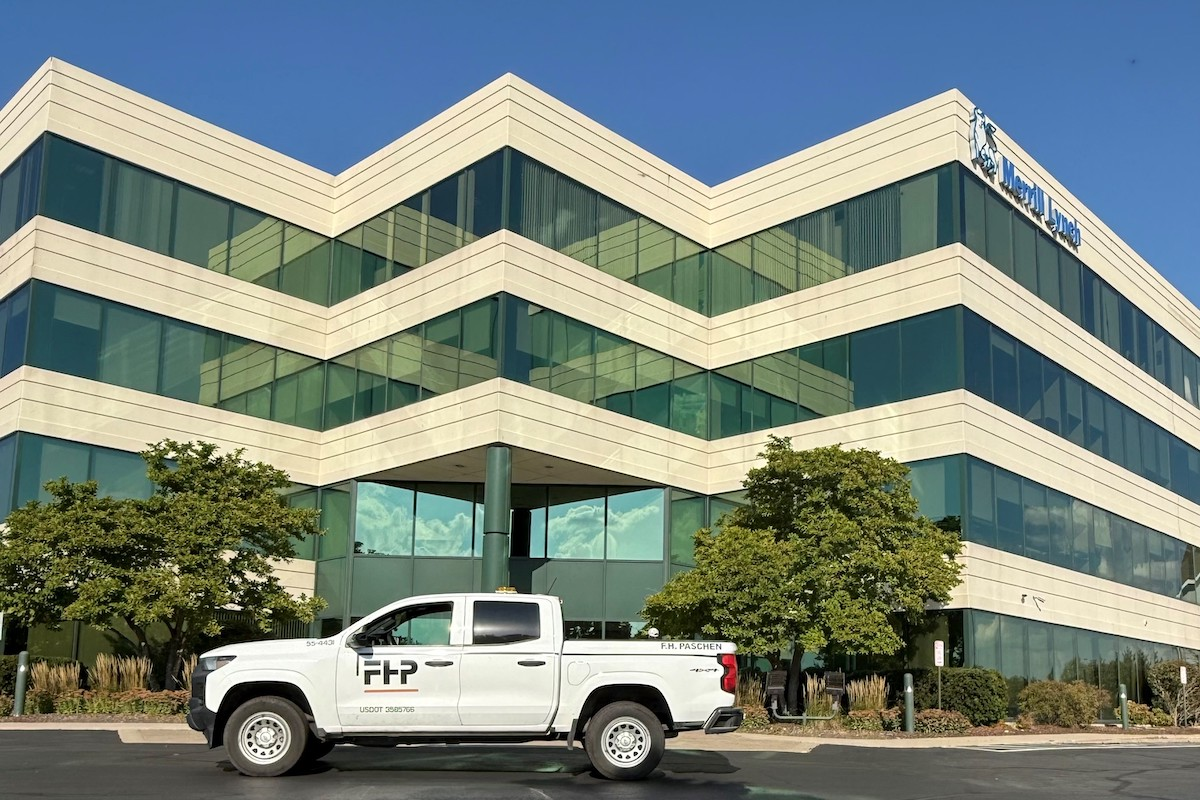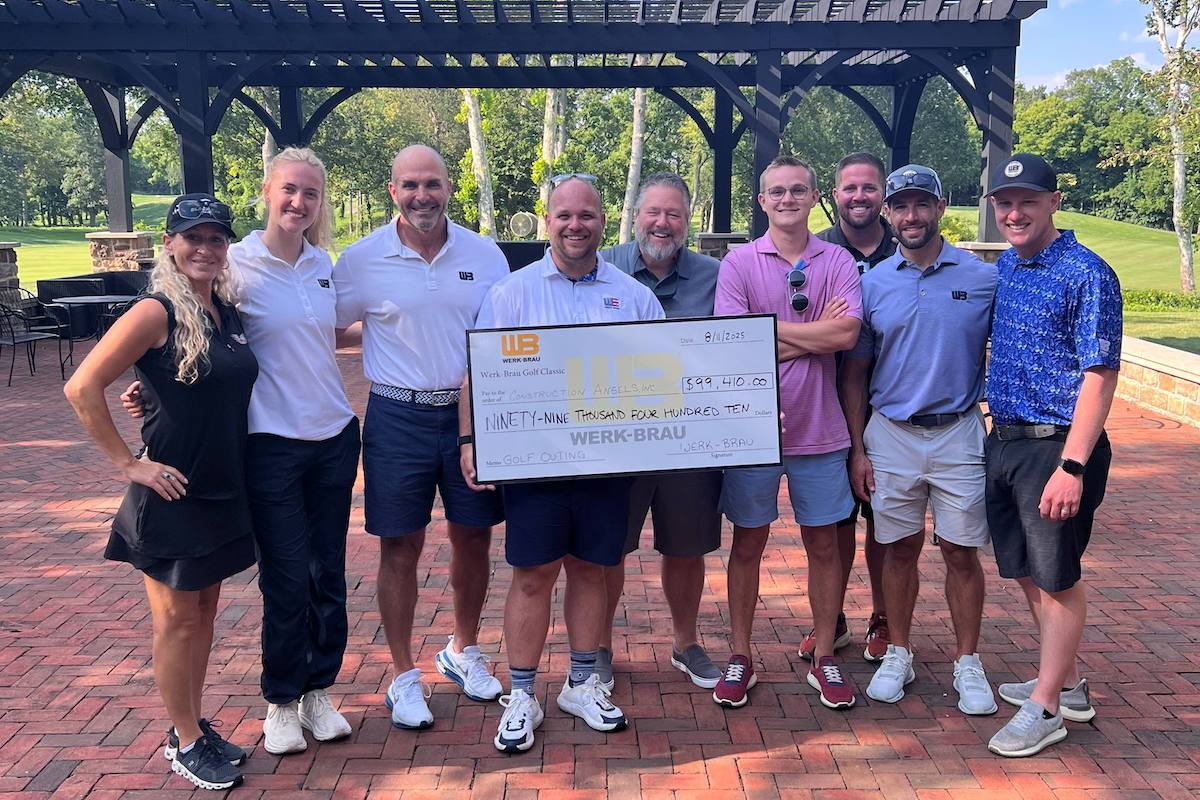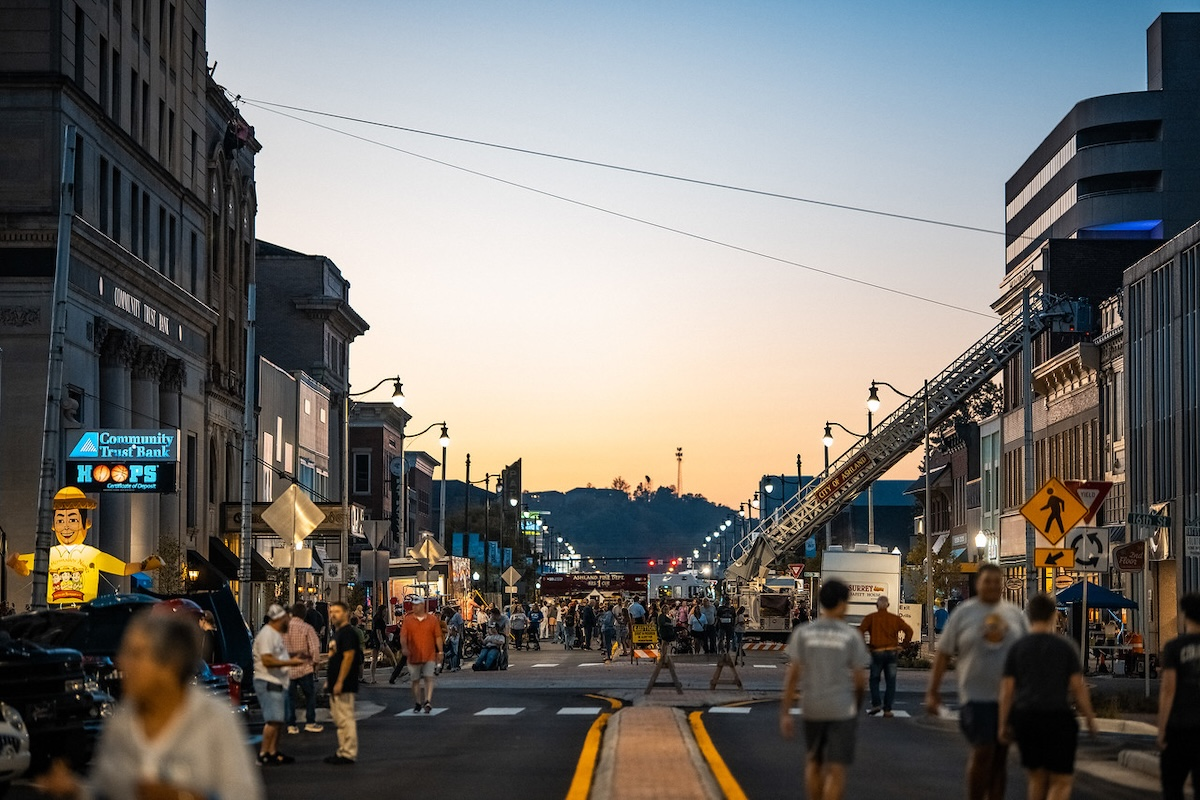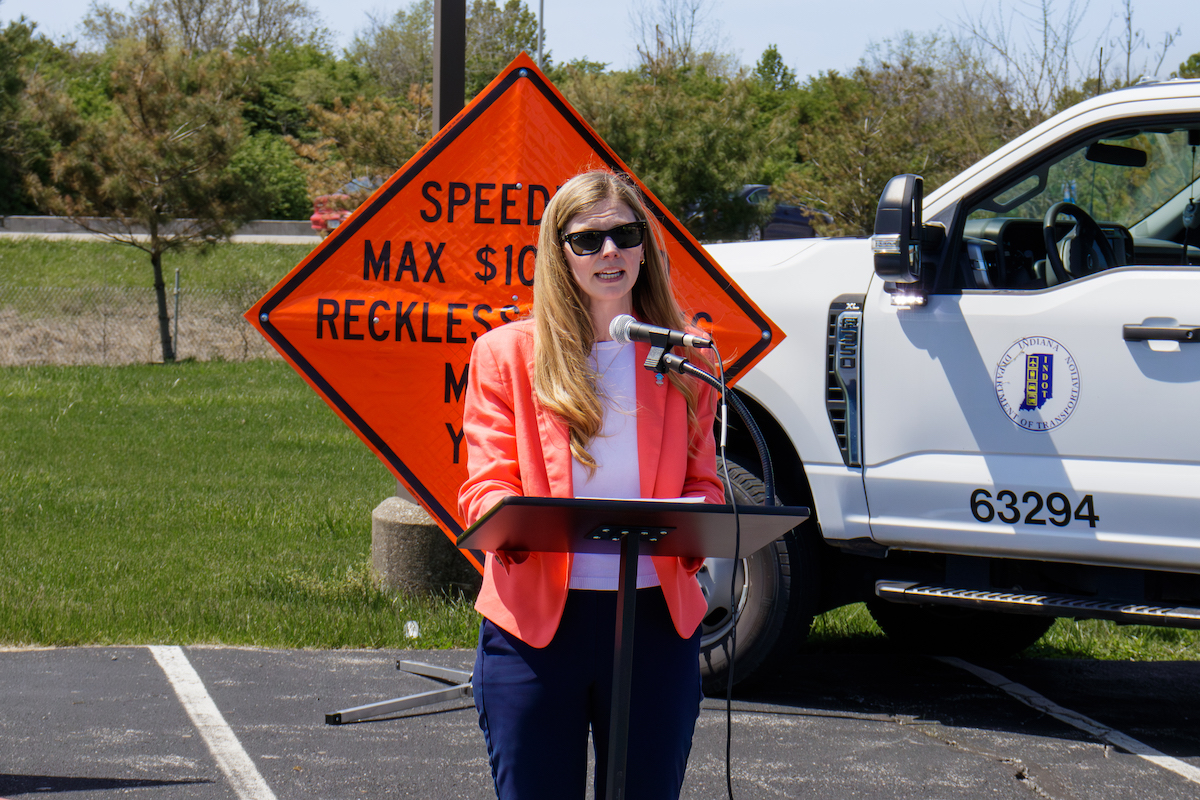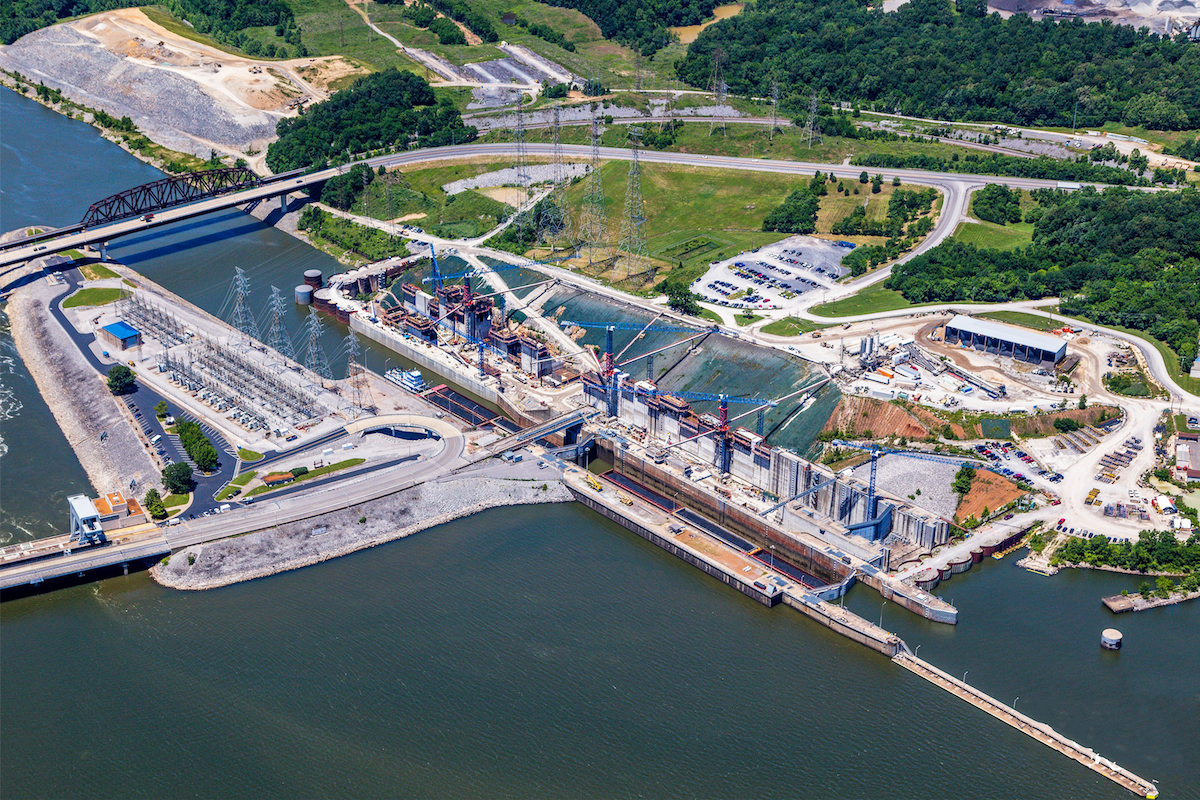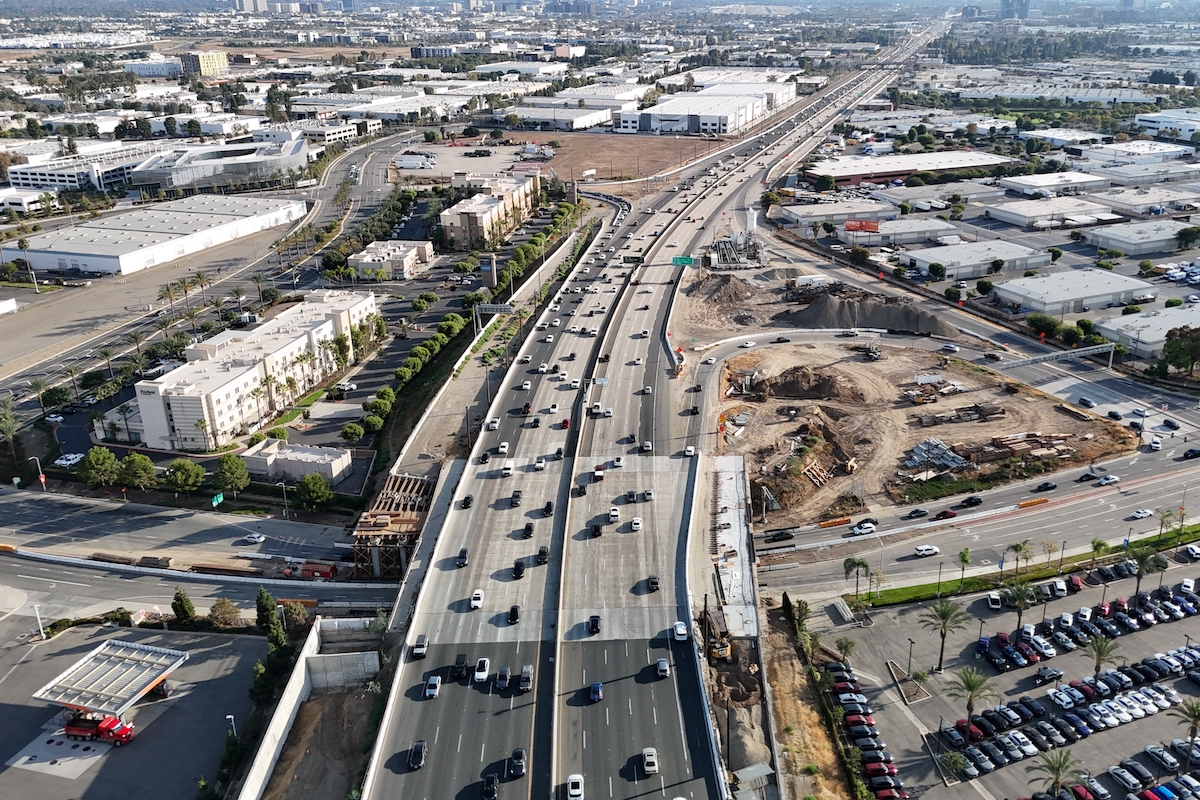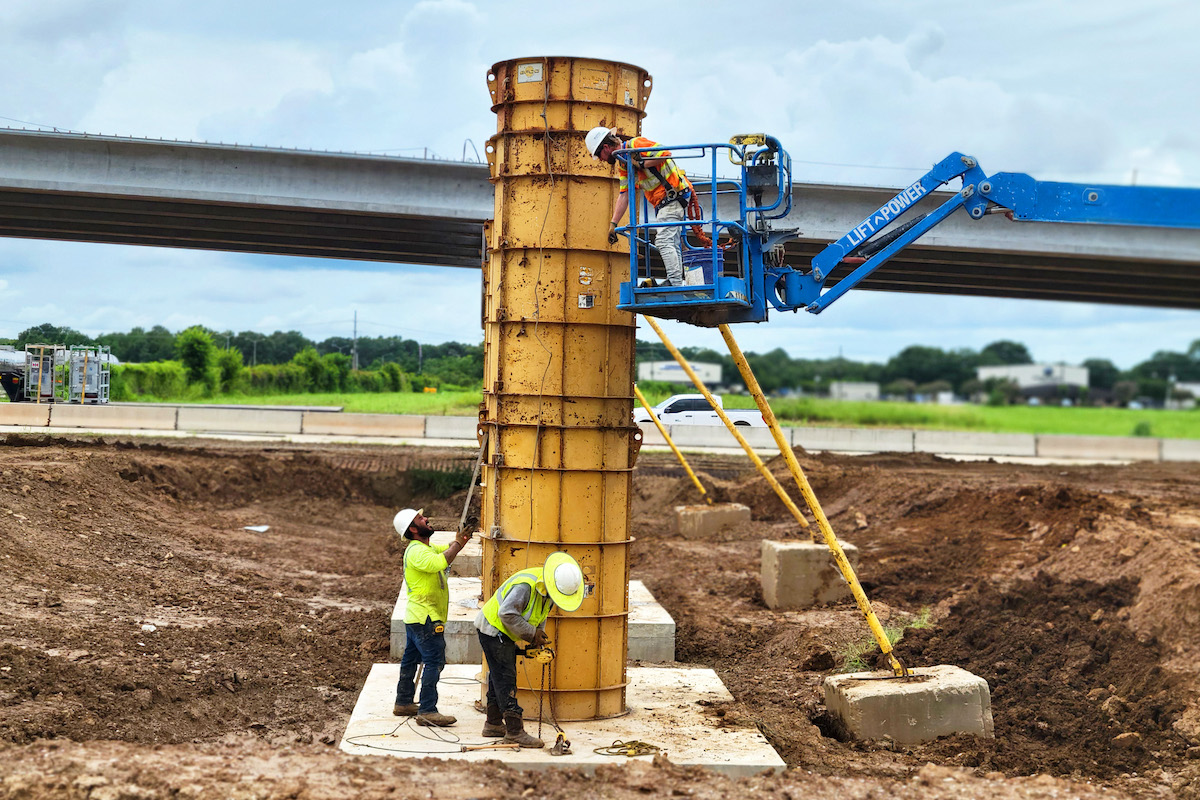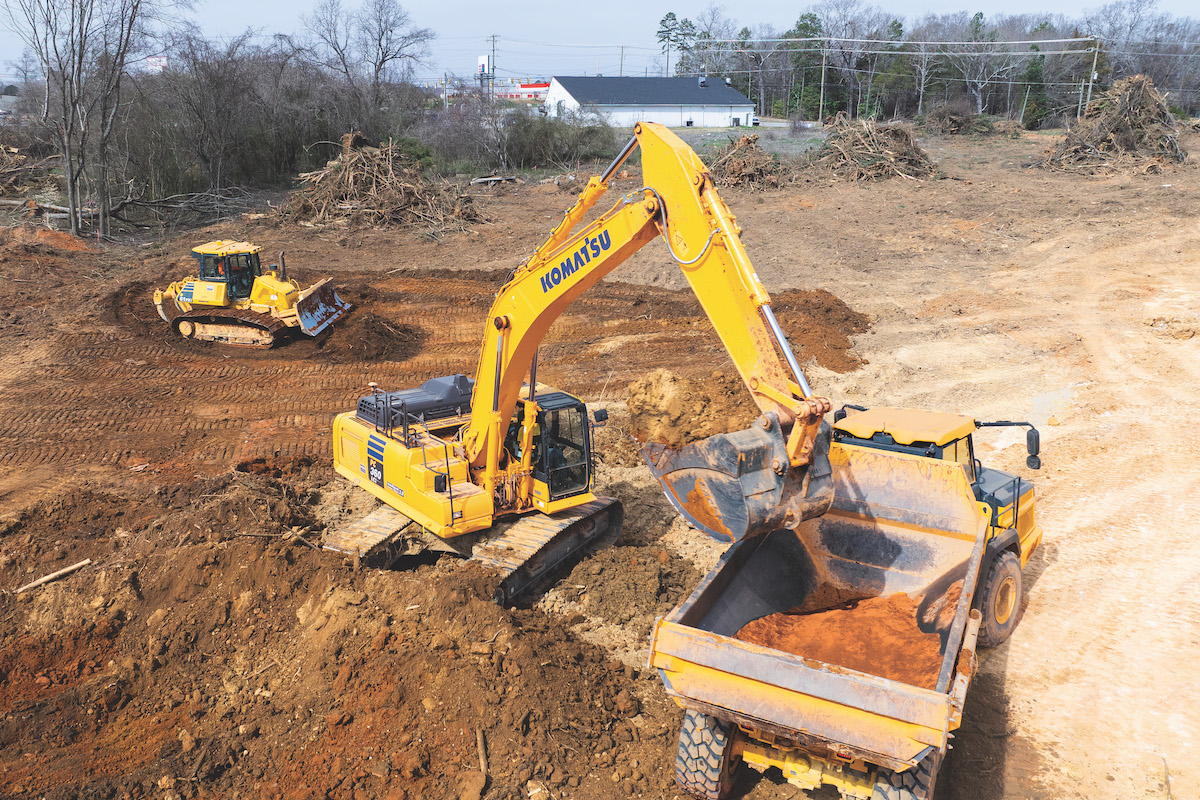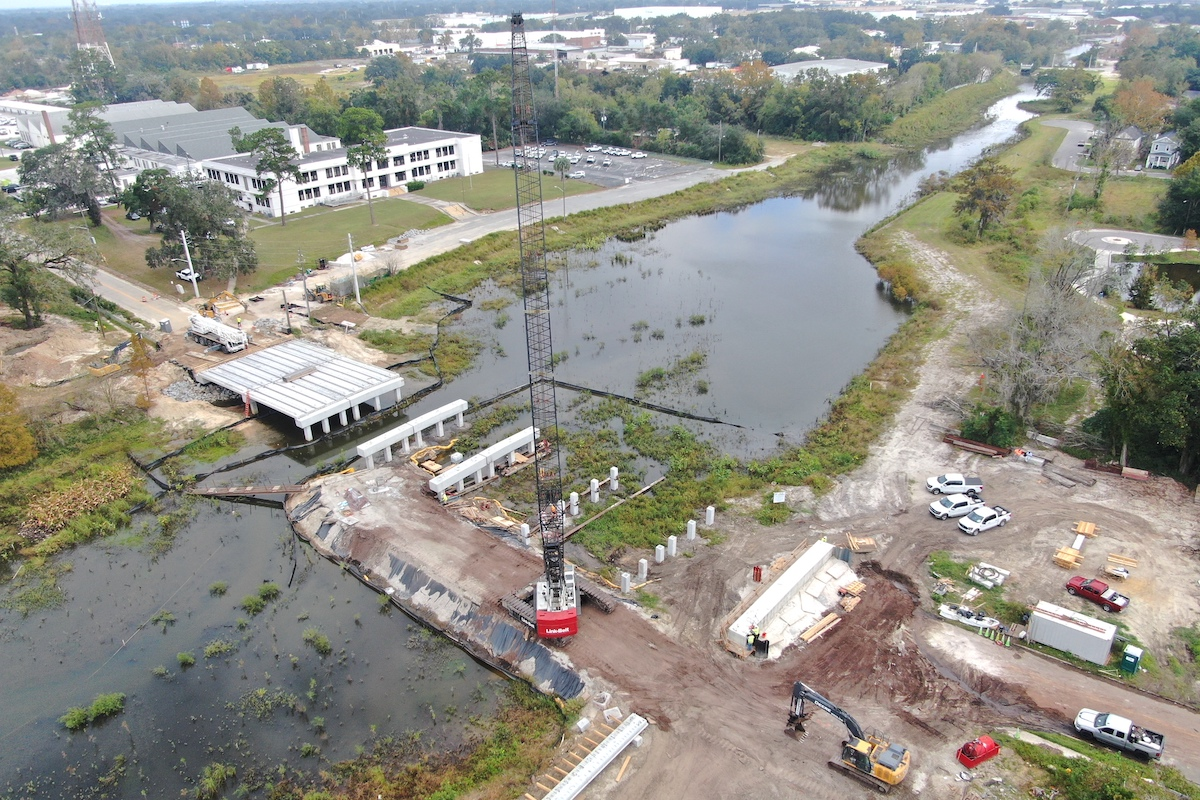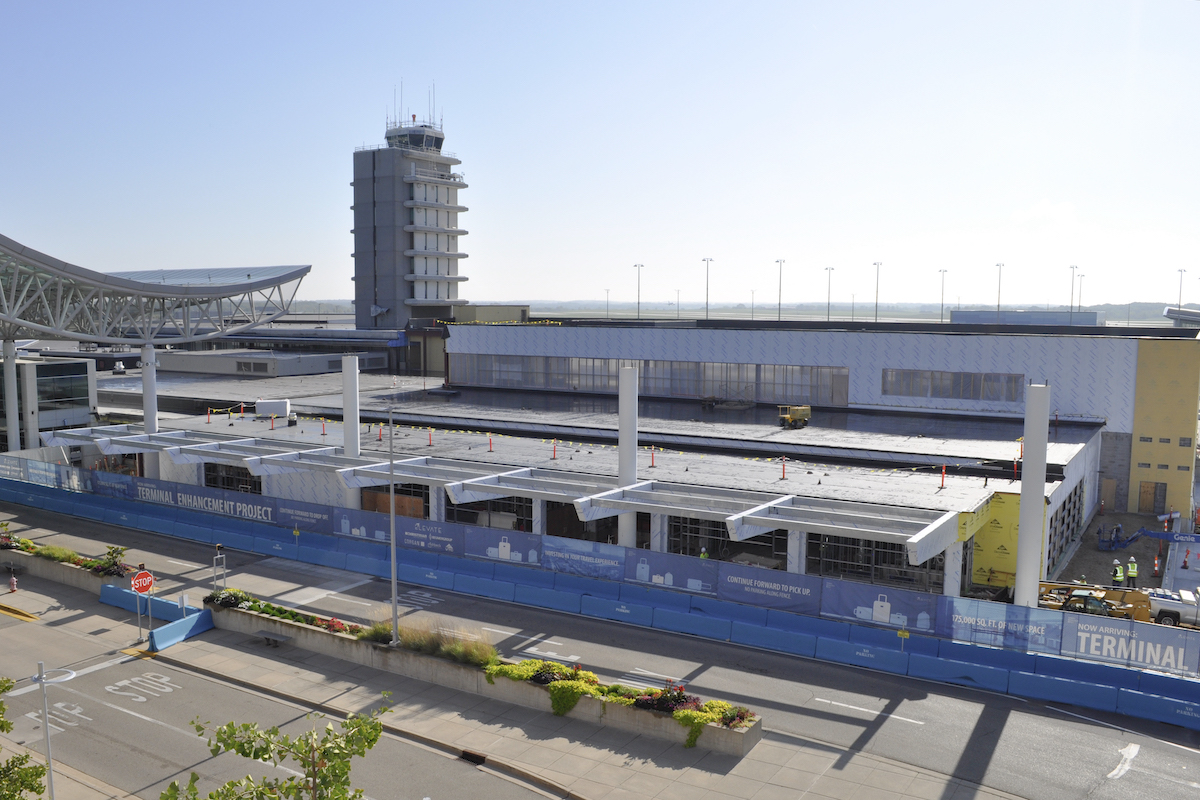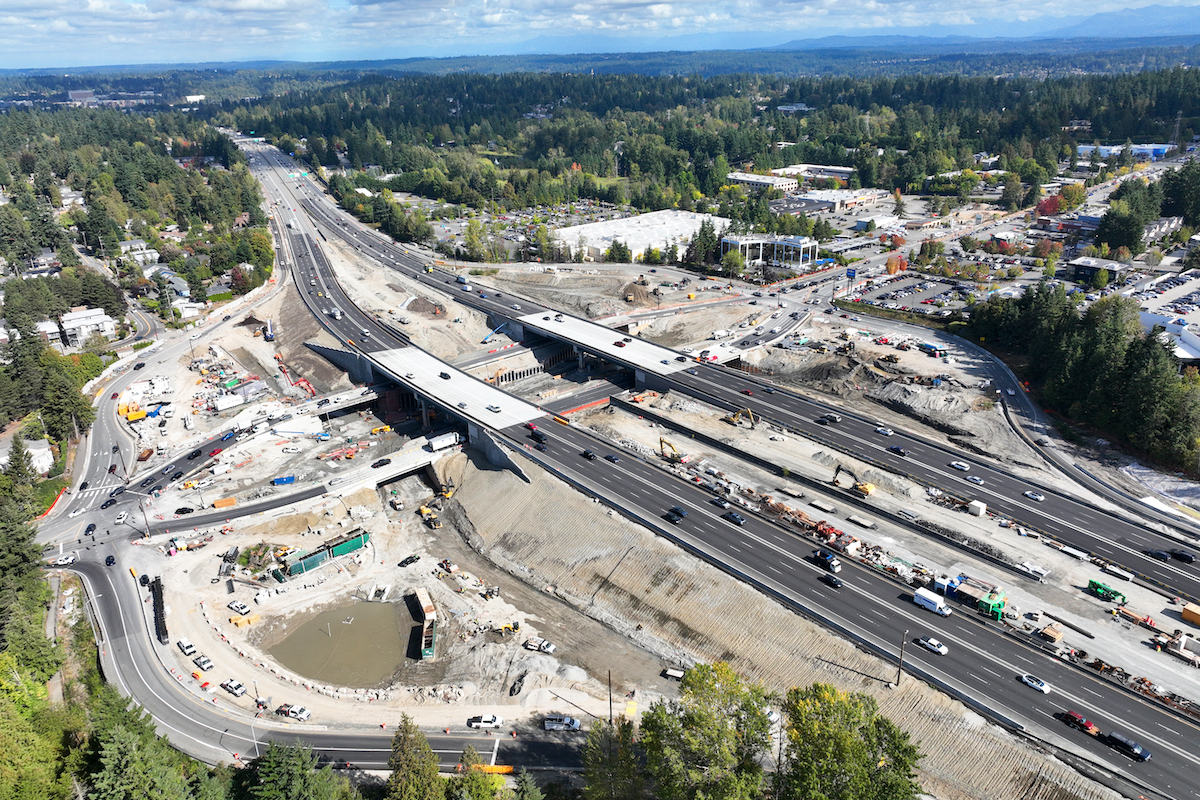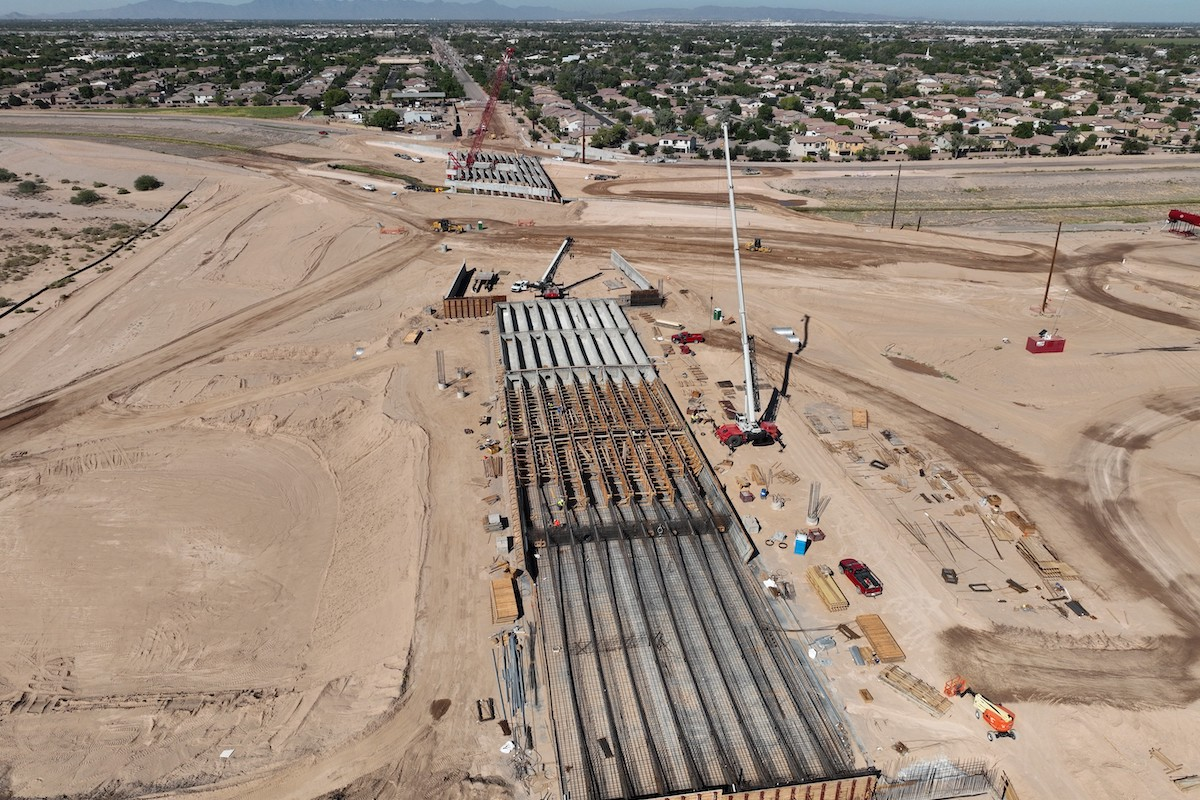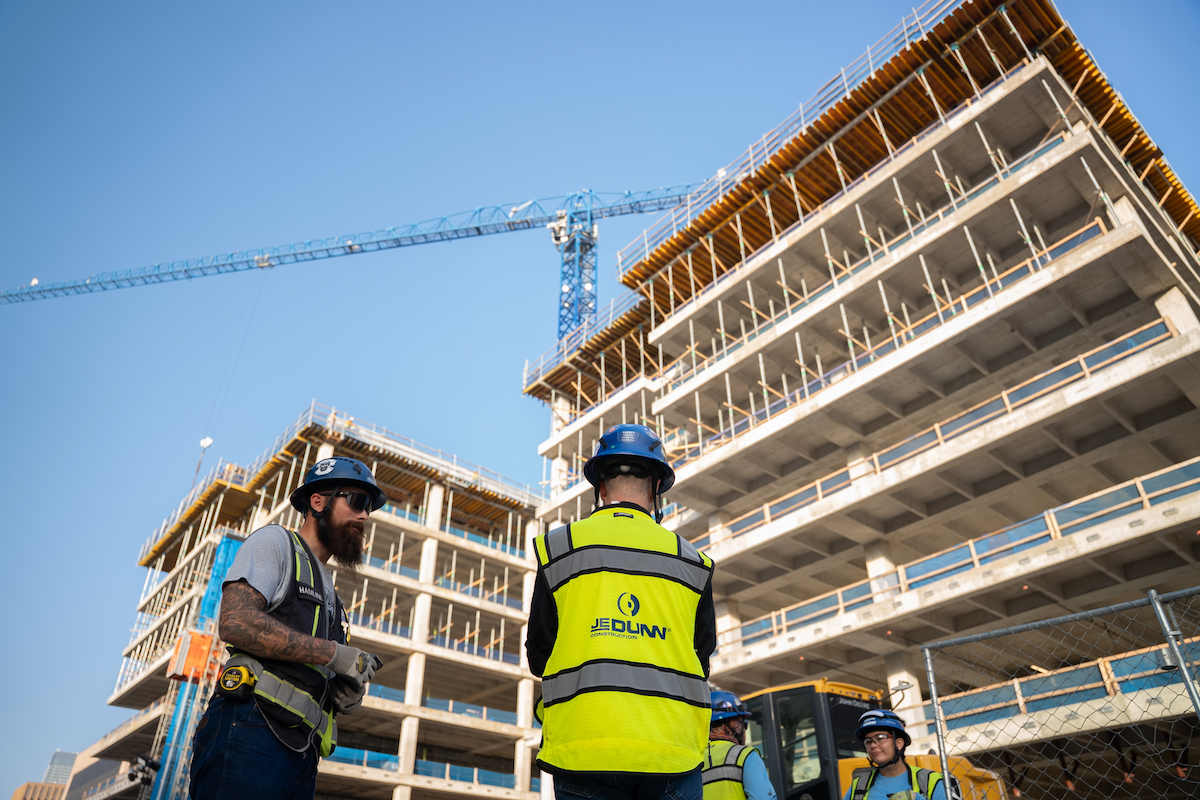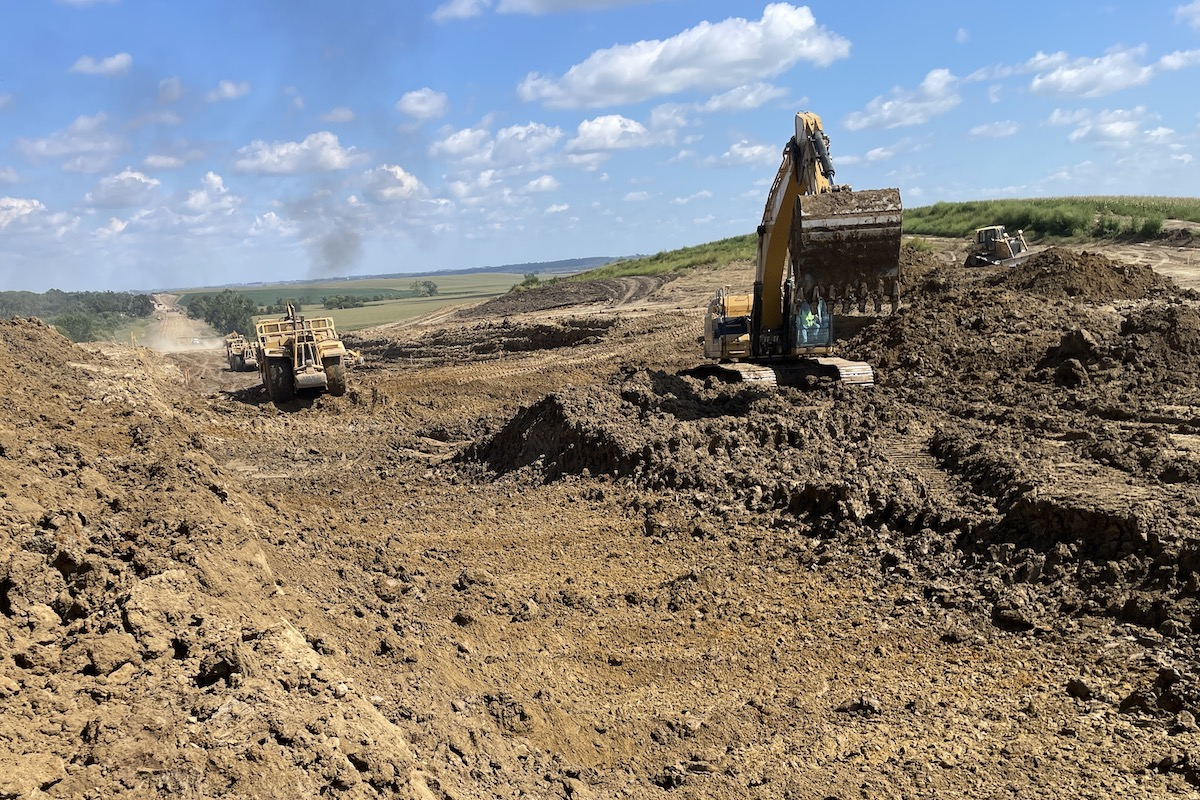Humorist Dave Barry probably wasn’t referring to construction work when he wrote, “Gravity is a contributing factor in nearly 73 percent of all accidents involving falling objects.”
Unfortunately, failing to respect gravity when working at heights can be fatal. Dropped or falling objects injure more than 45,000 workers every year in the U.S. That means a worker is struck about every 10 minutes by an object falling from above.
It’s bad enough that workers are at risk. Falling objects also pose a hazard to the general public — pedestrians, vehicles, even nearby storefronts. Likewise, the risk of collateral damage to equipment, machinery, building surfaces, and more is enormous.
Gravity isn’t the only natural force posing a safety challenge at heights — wind can work with gravity to create even greater risks, said Seth Randall, Regional Safety Director at Clark Construction. Securing building materials both during the workday and overnight is critical to maintaining site safety and preventing serious incidents.
“The wind can easily lift construction materials and hurl them off a building if they aren’t properly secured,” Randall said. “Before leaving for the night, it's essential to know exactly where everything is stored and to anticipate any incoming weather.”

| Your local Leica Geosystems Inc dealer |
|---|
| Laser Specialist inc |
All materials should be secured well away from the perimeter of the structure to reduce the risk of them being picked up by the wind. Without proper controls in place, even moderate overnight winds can create major hazards by morning — workers may find equipment, plywood, foam insulation, and drywall scattered dangerously across the surrounding area.
Let’s start with workers. It’s essential to tether and contain tools at all times.
The International Safety Equipment Association (ISEA) released its revised American National Standard for Dropped Object Prevention Solutions (ANSI/ISEA 121-2023) in 2024 to provide employers with clear guidance to minimize the risk of dropped object incidents.
The new standard establishes minimum design, performance, testing, and labeling requirements for solutions that reduce dropped object incidents in industrial and occupational settings, including construction. Rather than addressing passive solutions, the standard focuses on active solutions workers should use to prevent falling objects.

| Your local Wacker Neuson Corp dealer |
|---|
| Burris Equipment |
ANSI/ISEA 121-2023 outlines the four active controls needed to prevent dropped objects:
- Anchor attachments — attachment points designed to be field installed on structures, equipment, or workers to provide appropriate connection points for tethering
- Tool attachments — attachment points designed to be field installed onto tools or equipment to provide appropriate connection points for tethering
- Tool tethers — lanyards or materials designed to connect tools to approved anchor points
- Containers — buckets, pouches, and bags designed to carry or transport tools and equipment to and from heights
While falling object protection differs from human fall protection, the stakes are equally high.
“Safety at heights means not only securing any person working above but ensuring that nothing on them or around them can detach and drop on anyone — or on any machinery or building surfaces — below,” said Nate Bohmbach, Senior Director of Product Management at Ergodyne.
Bohmbach added that everyone needs to understand what a tethering system is and how it works. No one should be using duct tape or twine to try to secure things. ANSI/ISEA 121-2023 sets the standard for dropped object prevention, and proper tethering equipment is the global best practice that meets the revised standard.

| Your local Wirtgen America dealer |
|---|
| Brandeis Machinery |
A comprehensive working at heights program involves multiple components. Randall offered three keys to mitigating hazards with falling objects: design, engineering, and administrative. Ultimately, he said, you want to eliminate the hazard.
Preventive Design
Randall stressed that preventive design plays a critical role in minimizing site hazards before construction even begins.
“Preventive design can mean the design of the building itself, the design of the equipment you're using, or even how and where materials are stored throughout the project,” he said.
The goal is to anticipate potential risks and eliminate as many as possible through thoughtful planning at the earliest stages.

| Your local Wirtgen America dealer |
|---|
| Brandeis Machinery |
Engineering Controls
If you can’t design all the risk out, the next step is to engineer it out. That means asking questions like: What objects can be eliminated from the process? What equipment or materials can be removed from exterior edges or high-risk zones?
“We look at limiting the tools and equipment we allow onsite, especially near building perimeters,” Randall said. “And we plan where guardrails, netting, and protective barriers need to go — whether around elevator shafts, floor openings, or building edges.”
For example, instead of simply covering a floor hole with plywood, Randall’s team reinforces the area with beams and installs guardrails around it.
“While tethers are essential for securing tools and equipment, combining them with a full-height or cantilever netting system provides a more comprehensive solution to prevent falling objects, creating layers of protection that work together to keep workers and bystanders safe,” he said.

| Your local Atlas Copco CMT USA dealer |
|---|
| Brandeis Machinery |
Administrative Controls
The third layer of protection comes from administrative controls. These involve planning, scheduling, and sequencing work to maximize safety. One example: Randall’s company teaches crews to frame perimeter columns by working from the outside inward.
“When workers are hammering or using tools, they’re always facing toward the inside of the building, not the outside edge,” he said. “That way, if they lose a hammer or a tool, it falls into the building — not off the edge.”
While framing strategies like this are often mistaken for design controls, they are in fact administrative, rooted in worker training and job site management.
In addition, “If you have trades working on the outside of the building doing landscaping, but then you're still doing glazing and people are working on the edge of the building, you're putting people underneath the work, which we really don't want to do,” Randall said.

| Your local Bobcat dealer |
|---|
| O'Leary's Contractors Equipment & Supply |
Project supervisors need to think outside the box on how they schedule their work. At Clark, as different trades working on either side of a building get closer together, if stacking them can’t be avoided, the company requires a documented edge work inspection and permit.
Deciding how and where to store materials is another administrative safety element, as is proactively being weather-aware — especially as wind, heat, and localized flooding become more intense in some areas.
Taken together, preventive design, engineering controls, and administrative planning form a comprehensive strategy to minimize hazards before they lead to an incident. In addition, ensuring safety at heights and preventing falling or dropped objects benefits from something not often talked about in the industry, Randall said: consistency.
“If we as safety professionals can get a lot more consistent with our programs, we're going to have better-educated workers,” Randall said. “Many subcontractors jump from one project to another and they’re working for different GCs. So, for those of us who are general contractors hiring those men and women, we need to all communicate consistently when it comes to working at heights so workers hear the same message from all of us.”

| Your local Deere & Co dealer |
|---|
| West Side Tractor Sales Co |
Photos courtesy of Clark Construction.
Cam Mackey is President and CEO of the International Safety Equipment Association. Learn more at safetyequipment.org.







